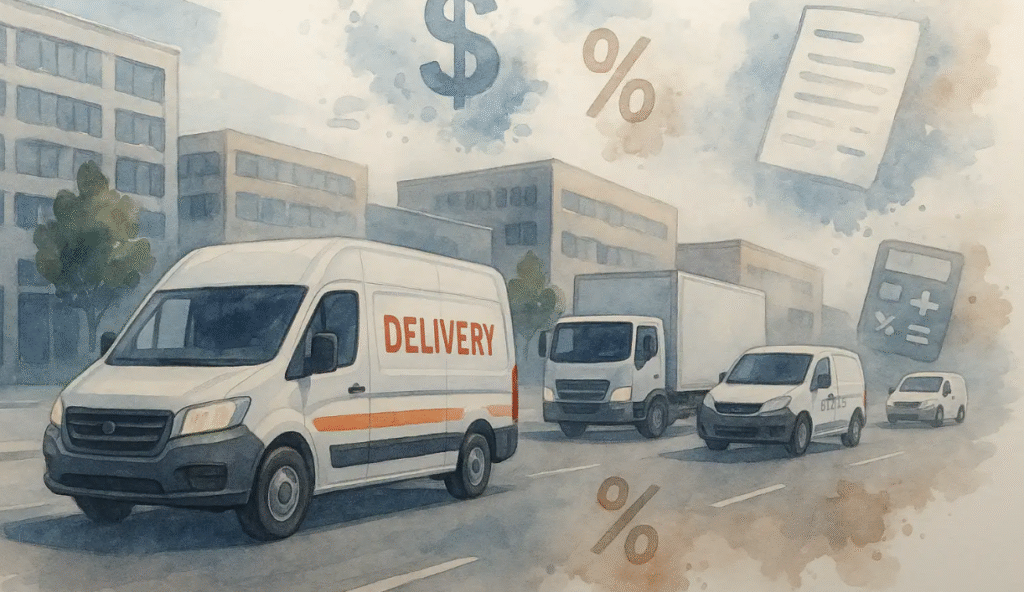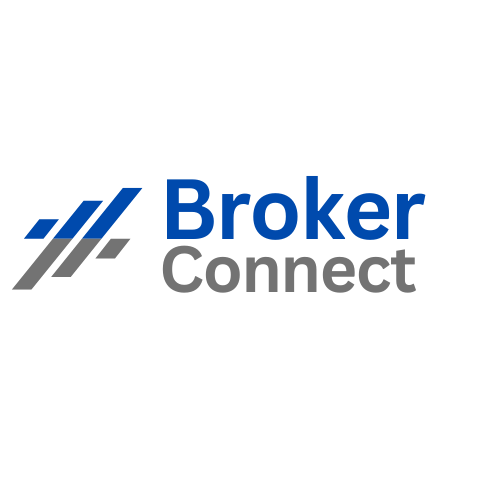Investigative guide revealing overlooked commercial auto insurance expenses affecting delivery services, field teams, and mobile businesses, with actionable cost optimization strategies for fleet managers.
When fleet managers talk about commercial auto insurance, they usually think in terms of premiums, deductibles, and repair bills. Yet the true price tag is far larger. Hidden expenses lurk beneath each accident, policy renewal, or courtroom verdict—silently siphoning profit from delivery services, field teams, and every business that puts wheels on the road. This investigative guide exposes those overlooked costs and shows you how to neutralize them before they wreck your budget.
The Visible vs. Invisible Price of Commercial Auto Insurance
Premiums and deductibles are easy to track. The invisible costs—often 1 to 4.5 times higher, according to the National Safety Council—are what surprise CFOs during budget season.
1. Indirect Accident Costs
Vehicle damage and medical bills are just the first layer. Lost productivity, overtime for rescheduled routes, administrative hours spent on claims, and customer churn compound the loss. The Hartford highlights downtime as the most underestimated expense.
2. Post-Claim Premium Increases
Forbes Advisor notes that a single at-fault crash can erase a claims-free discount and inflate premiums for three to five years. The result? A lingering surcharge that quietly drains thousands from annual cash flow.
3. Reputational Damage
An accident involving a branded van may trend on social media within minutes. Netradyne research shows tarnished public perception leads to fewer contract renewals and higher acquisition costs for new clients—an intangible yet powerful hit to revenue.
4. Coverage Gaps and Exclusions
Standard policies often exclude employees’ personal cars, specialized equipment, or hired vehicles. Insureon warns that one uncovered loss can cost more than a decade of premiums.
5. Technology-Driven Repair Inflation
Advanced Driver-Assistance Systems (ADAS) make roads safer, but AAA finds they can boost repair bills up to 2.5 times because sensors in bumpers and windshields require recalibration after even minor collisions.
6. Nuclear Verdicts & Litigation Trends
Multi-million-dollar jury awards, labeled “nuclear verdicts” by the American Transportation Research Institute, force insurers to raise liability rates across the board—even for accident-free fleets.
Why Commercial Auto Insurance Costs Spike After a Claim
Beyond the obvious repair invoice, several multiplier effects kick in:
- Risk re-rating – Insurers recalculate your risk profile, eliminating discounts.
- Lost productivity – Replacement rentals, rerouted deliveries, and overtime wages inflate operational costs.
- Administrative drag – Managers spend hours compiling documents, attending depositions, and coordinating repairs.
“Every hour a vehicle is off the road is an hour of lost revenue,” cautions FleetOwner Magazine. “Calculate downtime not just by the repair bill, but by the business it’s not generating.”
7 Proven Ways to Slash Fleet Insurance Costs
Proactivity beats reactivity. Implement the tactics below to shrink both premiums and hidden losses.
1. Build a Comprehensive Fleet Safety Program
OSHA recommends formally documented policies, defensive-driving refreshers, and pre-trip inspections. A safety-first culture convinces insurers you are a lower risk.
2. Leverage Telematics for Real-Time Coaching
Usage-based insurance programs powered by telematics can carve up to 30 % off premiums while identifying risky behaviors like hard braking or speeding.
3. Conduct Rigorous Driver Screening & Annual MVR Checks
According to the FMCSA, consistent Motor Vehicle Record monitoring helps weed out high-risk drivers before they trigger costly incidents.
4. Optimize Deductibles
A higher deductible lowers premiums, but only if cash reserves can cover the difference. Review financials with a broker annually to find your sweet spot.
5. Close Coverage Gaps
Add endorsements for non-owned autos, hired vehicles, and aftermarket equipment. The small increase in premium prevents devastating out-of-pocket surprises.
6. Invest in Continuous Driver Training
The Hartford’s research links ongoing coaching to fewer accidents. Micro-learning modules and ride-along evaluations keep safety top of mind.
7. Prepare for Inflation & Litigation
Rising parts costs and nuclear verdicts require higher liability limits. Reassess coverage annually to prevent underinsurance.
Putting It All Together: A Cost-Control Checklist
- Document fleet safety policies and distribute to every driver.
- Install telematics and review dashboards weekly.
- Run MVR checks before hiring and once a year thereafter.
- Audit policies for exclusions; add endorsements where needed.
- Analyze claims data to decide on deductibles and self-insured retentions.
- Re-quote coverage annually to benchmark rates.
- Track downtime hours to quantify indirect costs.
Ready to reclaim your budget? Contact our team for a customized audit and unlock savings hidden inside your current policy.


